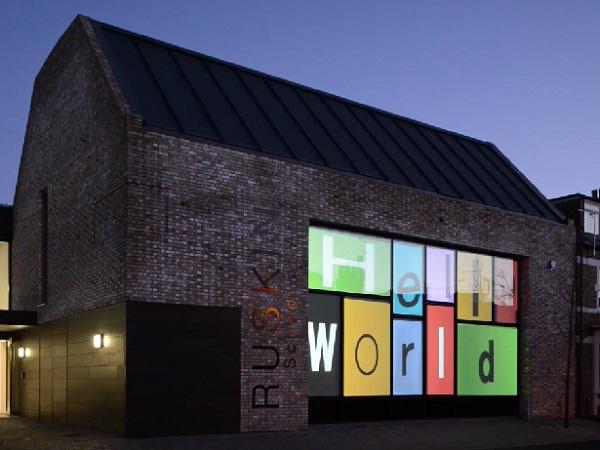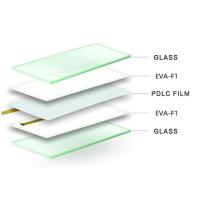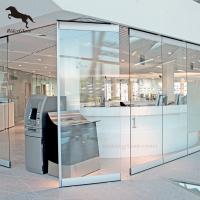
Date: 20 April 2018
Helping the Creative be Creative
Being chosen to take part in an ambitious project on behalf of one of the UK’s leading Art Schools is a true testament to the capabilities of switchable technology from Intelligent Glass.
This project, commissioned by Ruskin School of Art, specified by Spratley Studios and installed by Invicta Window Films, is no standard privacy application, applying an inventive spin on its projection capability, as you would expect from the Fine Art Department of The University of Oxford. Serving as the hub for some of the most creative minds of a generation, certain demands from such an environment are of course to be required.
Switchable glass or film, sometimes known as ‘electric glass’, is a premium privacy solution based on the use of PDLC technology. When the glass is switched off, it’s natural state is frosted, providing an effective privacy solution, as well as projection screen or even a touch screen.
Switch the glass on, and in an instant it transforms to a clear state. Popular in partitioning applications, meeting room privacy, bathrooms, residential applications, retail and merchandising; switchable film has even been used as part of art installations in the past. There are so many uses of switchable technology, serving as an incredibly handy tool for artists, with the only limit being their imagination.
Ruskin School of Art clearly understand this, as their application of our switchable film is not only creative, but it is also effective, both inspiring for students and raising awareness of their prowess in art- this project is one that offers so much more than the basic functionality of switchable glass.
Operating similarly to another notable project at the DC Thomson Fleet Street building, Ruskin cleverly utilise the rear projection functionality in its external switchable glass windows to project a dissected video that appears to interact with the windows as individual screens. This helps to create the ultimate ‘blank canvas’ for them to fill with the institution’s undeniable creativity.
They also make great use of the privacy function switchable glass inherently boasts. Using it to conceal the inside of the building during night time, they are able to alternate between an environment of openness and mystery at the press of a button, shrouding the contents of the building in frosted privacy or unveiling new installations or projects in style completely within their control.
 600450
600450














Add new comment